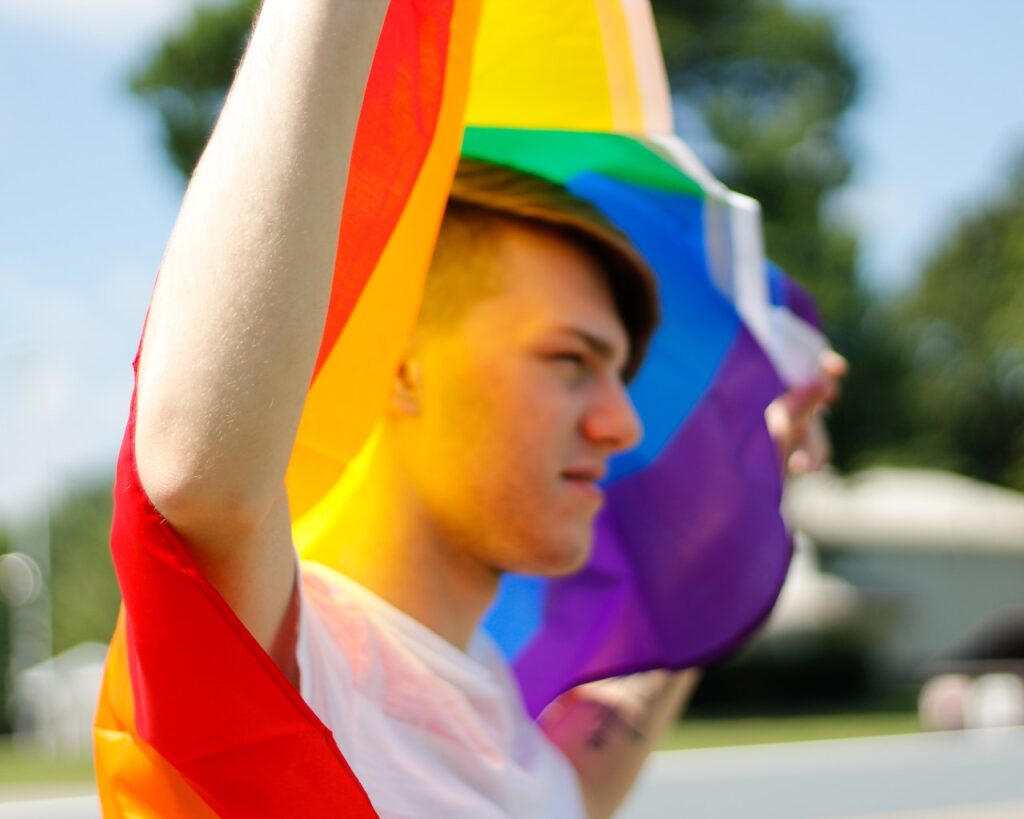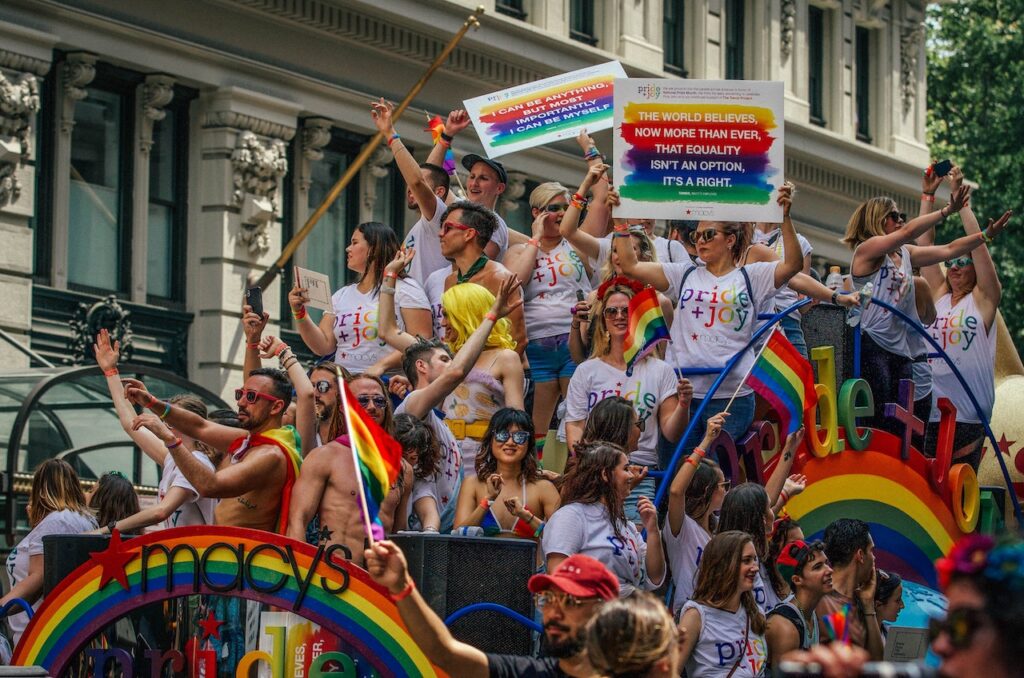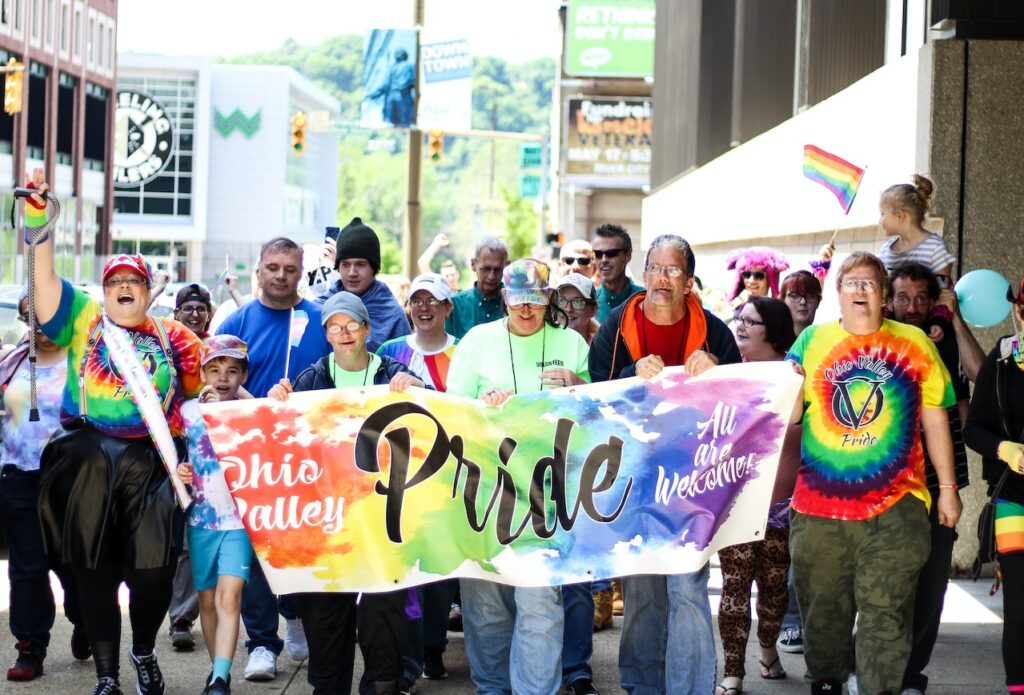June is filled with vibrant colors, joyful celebrations, and a strong unity for the LGBTQ+ community and its allies. Pride Month, as it is widely known, holds a deep historical significance that stretches back to the tumultuous events of the Stonewall Riots in 1969. This article delves into the origins of Pride Month, highlighting the brave activists who fought for LGBTQ+ liberation and emphasizing the ongoing struggle for equality and acceptance.

The Stonewall Riots
A Catalyst for Change Pride Month finds its roots in the Stonewall Riots, a pivotal moment in the LGBTQ+ liberation movement. On the night of June 28, 1969, police raided the Stonewall Inn, a popular gay bar in New York City. Tired of constant harassment and discrimination, bar patrons, led predominantly by transgender women of color like Marsha P. Johnson and Sylvia Rivera, resisted the police and sparked a rebellion that lasted several days. This uprising became a turning point in the fight for LGBTQ+ rights and marked the birth of the modern queer liberation movement.
The Birth of Pride
Commemorating Stonewall In the years following the Stonewall Riots, LGBTQ+ activists organized marches and demonstrations on the anniversary of the rebellion. These events, known as Christopher Street Liberation Day Marches, aimed to commemorate the Stonewall uprising and to demand equal rights and protections for the LGBTQ+ community. The first of these marches occurred on June 28, 1970, in New York City, setting a precedent for what would eventually become Pride Month.
Expanding Pride
A Nationwide Movement As the LGBTQ+ rights movement gained momentum, Pride events spread across the United States. In the early 1970s, cities like Los Angeles, San Francisco, and Chicago held Pride marches, amplifying the call for equal rights. Over time, Pride celebrations grew into week-long events featuring parades, festivals, workshops, and performances that showcased the diversity and resilience of the LGBTQ+ community.
AIDS Crisis
Shaping Pride’s Activism The 1980s brought a devastating health crisis that disproportionately affected the LGBTQ+ community—HIV/AIDS. Pride events took on an increasingly political tone as the epidemic claimed countless lives and exposed the systemic neglect and discrimination faced by queer individuals. Activists within the LGBTQ+ community, such as ACT UP (AIDS Coalition to Unleash Power), used Pride to raise awareness, demand accessible healthcare, and challenge societal stigmas associated with HIV/AIDS.
The Rainbow Flag
A Symbol of Pride In 1978, artist and activist Gilbert Baker created the iconic Rainbow Flag symbolizing LGBTQ+ pride and unity. With its vibrant colors representing diversity, the flag quickly gained popularity and became an enduring emblem of the LGBTQ+ rights movement. Today, the Rainbow Flag is prominently displayed during Pride Month and is a powerful reminder of the ongoing fight for equality and acceptance.

Pride’s Evolution
Inclusivity and Intersectionality Over the years, Pride Month has evolved to embrace a broader range of identities and experiences within the LGBTQ+ community. The movement has recognized the importance of intersectionality, acknowledging that queer liberation cannot be achieved without addressing the intersecting oppressions of race, gender, class, and more. Pride now strives to uplift marginalized voices and prioritize inclusivity, ensuring the celebration is a space for all to feel seen, heard, and valued.
Global Impact
Pride Beyond Borders While Pride Month originated in the United States, its impact has reached far beyond national boundaries. Pride celebrations now occur worldwide, uniting LGBTQ+ communities and their allies in a shared pursuit of equality and liberation. In countries where homosexuality is criminalized or heavily stigmatized, Pride events become influential acts of resistance, demanding visibility, rights, and recognition. From vibrant parades in cities like London, São Paulo, and Sydney to small gatherings in conservative regions, Pride Month has become a global symbol of hope, resilience, and solidarity.
Challenges and Progress
The Fight for Equality Despite significant progress in LGBTQ+ rights, the fight for equality is far from over. Many challenges remain, including legal discrimination, violence, healthcare disparities, and the struggle for transgender rights. Pride Month serves as a reminder of the work that still needs to be done to achieve full acceptance and inclusivity for all members of the LGBTQ+ community. It provides a platform for advocacy, education, and activism and an opportunity to celebrate the achievements and resilience of LGBTQ+ individuals throughout history.

Intersectionality and Allyship
The Power of Unity Pride Month emphasizes the importance of intersectionality and allyship in the fight for LGBTQ+ liberation. Recognizing that the struggles faced by LGBTQ+ individuals are intertwined with other forms of oppression, it becomes crucial to stand in solidarity with marginalized communities. Allies play a vital role in amplifying LGBTQ+ voices, challenging discrimination, and advocating for change. By working together, we can create a more inclusive society that values and respects the rights and dignity of all individuals, regardless of their sexual orientation or gender identity.
Pride Month Beyond June
Sustaining the Spirit While Pride Month is officially celebrated in June, the spirit of Pride extends throughout the year. LGBTQ+ activism, advocacy, and community-building continue beyond the month-long festivities. It is essential to support LGBTQ+ organizations, businesses, and initiatives year-round and to engage in ongoing conversations about LGBTQ+ rights and equality. By maintaining the momentum of Pride, we can foster long-lasting change and create a genuinely inclusive society, accepting and celebratory of diverse identities.
Conclusion: Pride Month is a testament to the resilience, courage, and activism of the LGBTQ+ community. From the historical events of the Stonewall Riots to the worldwide celebrations today, Pride Month is a powerful reminder of the ongoing struggle for LGBTQ+ liberation and equality. It is a time to honor the past, celebrate the present, and envision a future where all individuals can live authentically without fear of discrimination. As we commemorate Pride Month, remember the importance of allyship, intersectionality, and sustained activism to create a world where love, acceptance, and equality prevail.
